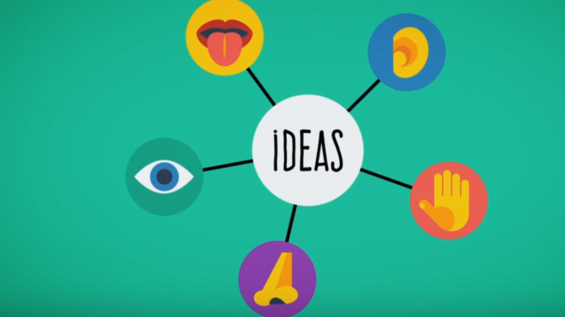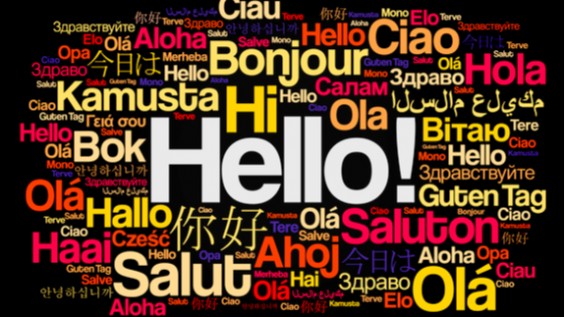
Encourage local students to become global learners
BIO
Tobye Ertelt was born and raised in Colorado. Today, she lives and works in her home state as a Digital Teacher Librarian. When Tobye’s not teaching students in Colorado, she loves to explore the world; in addition to other countries, she has visited 38 of the 50 United States. As a TED-Ed Innovative Educator, Tobye is passionate about the power of travel to expand the mind — as well as “learning in messy, uncomfortable ways, and showing our students that it is okay to do so.”
IDEA
There is a false perception “that we have two societies: the ‘real world’ and the ‘digital world’,” says Tobye. This perception can be changed by explaining the links between 4 important concepts: ethical behavior, digital conduct, global citizenship, and taking action in the world.
INNOVATION PROJECT
Tobye and her students created TED-Ed lessons to explain the links between these 4 concepts: ethical behavior, digital conduct, global citizenship, and taking action in the world. The lessons are available here:
Part 1: https://ed.ted.com/on/BUpD4wxb
Part 2: https://ed.ted.com/on/lWQuSsjh
Part 3: https://ed.ted.com/on/QkfJJtxP
Part 4: https://ed.ted.com/on/v3Fq17eJ
Below, read Tobye’s tips on how to encourage students to become global learners:
- Don’t be afraid to fail or have setbacks. Originally, I wanted to have an 8-10 part lesson series completed. Realizing we needed to learn and taking the time for that was as valuable as the lesson creation. My students are more aware, more conscious and caring than before. We were never able to get our audio to run smoothly in our post production, so we finally decided to redo our first two videos without dialogue. It was more complicated, and we basically started over, but another teachable moment led to something we’re proud of.
- Think about the frontloading you will need to do. My students live upper-middle class, sheltered lives. Very few of them have traveled outside of their corner of the world. They have not witnessed some of the poverty, hunger, and neglect that others have. I bought Google Cardboard to help them go on virtual field trips. I also searched for videos that gave them more information on world issues.
- Find a project learning network. My TED-Ed Innovative Educator cohort has been a great source of ideas and feedback, and some of my greatest breakthroughs came from talking with them. They helped me refine my ideas, pumped me up when I needed inspiration, and gave me valuable resource ideas.
- Remember your school’s calendar. My students were on a roll, but then state testing happened, and we weren’t able to meet for five weeks.
- Always be flexible. If current events shift your worldview and the kids want to shift the focus/theme, let them. Events of this summer stunned my students, and they shifted the theme to focus on racism/inequality and how it damages the global community.
This article is part of the TED-Ed Innovation Project series, which highlights 25+ TED-Ed Innovation Projects designed by educators, for educators, with the support and guidance of the TED-Ed Innovative Educator program. You are welcome to share, duplicate and modify projects under this Creative Commons license to meet the needs of students and teachers. Art credit: Shutterstock.


